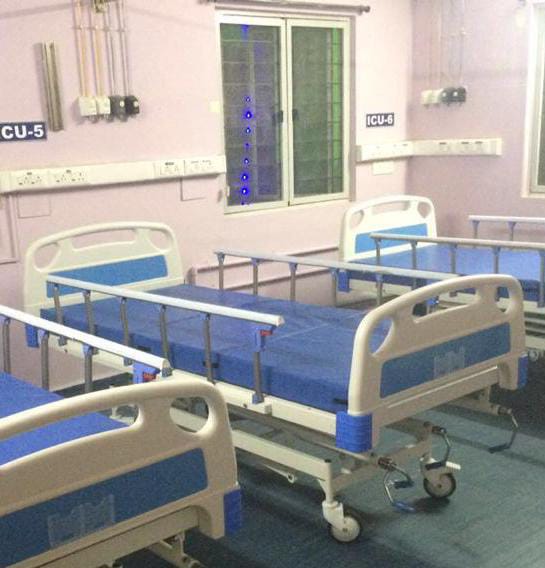
2024-08-08T04:51:43
Hospital Cot Supplier In Chennai Introduction Hospital cots, also known as hospital beds or patient beds, are a cornerstone of patient care in healthcare facilities. These beds are designed to provide comfort, support, and functionality for patients during their stay. This blog post will explore the critical aspects of hospital cots, including their features, benefits, types, and tips for selecting the right cot for various healthcare settings. What is a Hospital Cot? A hospital cot is a specialized bed designed for use in medical facilities. Unlike standard beds, hospital cots are engineered to accommodate the medical needs of patients, offering features that enhance comfort, safety, and accessibility. They are commonly used in hospitals, clinics, long-term care facilities, and home care settings. Key Features of Hospital Cots Adjustability: Hospital cots are equipped with adjustable components, including head and foot sections, to allow patients to find comfortable positions and facilitate various medical procedures. Height Adjustment: Many models feature height adjustment capabilities to aid in patient transfer and to accommodate healthcare providers' ergonomic needs. Safety Rails: Side rails help prevent falls and provide support for patients getting in and out of bed. Mobility: Hospital cots often come with wheels or casters, making it easy to move the bed within the facility. Durability: Constructed from high-quality materials, these beds are designed to withstand frequent use and ensure long-term reliability. Ease of Cleaning: Hospital cots are designed with materials and surfaces that can be easily cleaned and sanitized to maintain hygiene. Types of Hospital Cots Manual Hospital Cots: These beds require manual adjustments using cranks or levers. They are often more affordable and suitable for settings where advanced features are not necessary. Electric Hospital Cots: Powered by electric motors, these beds offer easy, precise adjustments of head, foot, and height positions. They are ideal for intensive care units and surgical settings where frequent adjustments are needed. Semi-Electric Hospital Cots: Combining manual and electric features, these beds allow for motorized adjustments of the head and foot sections while the height is manually adjusted. They offer a balance between functionality and cost. Specialized Hospital Cots: Designed for specific medical needs, these include pediatric cots, bariatric cots for heavier patients, and cots with integrated features for specific conditions or procedures. Benefits of Hospital Cots Enhanced Patient Comfort: Adjustable features and ergonomic design provide comfort and support, which can aid in recovery and reduce discomfort. Improved Safety: Safety rails and sturdy construction help prevent falls and accidents, ensuring patient safety. Facilitated Care: Easy adjustments and mobility allow healthcare providers to perform tasks more efficiently and comfortably. Support for Medical Procedures: The ability to adjust the bed's position aids in various medical procedures and treatments, enhancing patient care. Hygiene Maintenance: Hospital cots are designed for easy cleaning, helping to prevent the spread of infections and maintain a sanitary environment. Considerations for Choosing a Hospital Cot Patient Needs: Consider the specific needs of the patient population, including mobility requirements, weight capacity, and any special medical conditions. Adjustability Features: Assess the need for manual versus electric adjustments based on the level of convenience and functionality required. Durability and Maintenance: Choose a cot made from durable materials and easy-to-clean surfaces to ensure longevity and hygiene. Space and Mobility: Ensure the cot fits comfortably within the available space and meets mobility requirements for easy repositioning. Budget: Evaluate the cost of the cot in relation to its features and benefits, keeping in mind the long-term value and potential return on investment. Conclusion Hospital cots are a fundamental component of patient care, providing essential support and comfort in various healthcare settings. By understanding the features, benefits, and types of hospital cots, healthcare providers can make informed decisions that enhance patient care and operational efficiency. Call to Action If you need assistance in selecting the right hospital cot for your facility or have questions about specific models, our team of experts is ready to help. Contact us today to explore our range of hospital cots and find the perfect solution for your patient care needs.

Have a question? Ask here!
Required fields are marked *